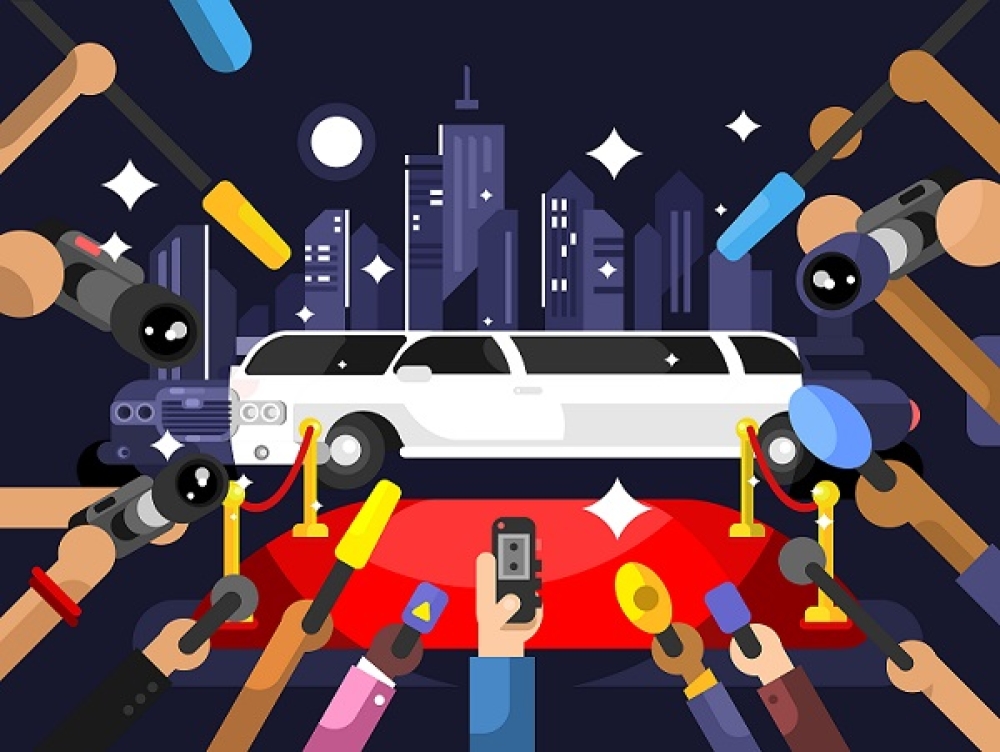Why you should only give your top customers the VIP treatment
28 Jun 2016

Customers love receiving special attention. Treating them like royalty with fantastic customer service, perks and rewards helps build a better relationship, creating more loyal customers who are more likely to spend more money with you, and more often.
That’s not to say that all your customers deserve such treatment. In fact, it could be that you have many customers you should actively lose. While ‘sacking’ your customers might sound extreme – particularly after all that hard work you spent getting them to do business with you in the first place – it could simply be that they are costing you more money than they are worth.
It may be that you spent more acquiring them than you expect to receive back in revenue during their lifetime as your customer. It could be they have a disproportionately high cost to serve through late payments, frequently returning goods or demanding a lot of your with complaints or unreasonable demands.
Some businesses can be quite open about how much they value their VIPs. Airlines, for examples, can treat their most frequent fliers with class upgrades, priority boarding and a more personalised, streamlined customer service. They get better treatment because the airline has differentiated them from less profitable, lower status customers. Do your customers want to be treated better? Then they need to pay for the privilege.
Not every company is in the position where it can (or even wants to) broadcast that it gives big spenders the first class experience, but that’s exactly what you should do – even if it’s behind closed doors. Why? Because selling more to fewer customers could be more profitable to your business.
Narrowing down your customers and prospects to those who you value the most achieves several things:
â You have more time to get a deeper understanding of them and their needs, revealing opportunities for cross- and up-selling.
â You can assign more of your budget to them to spend on acquisition or customer service.
â You can build a better relationship with them, meaning they’ll be less likely to churn.
â You could be more likely to find and acquire similar VIP prospects. For B2B businesses, for example, it can make your case study material more relevant to others in the same industry.
Focusing on making more money from fewer people is a tactic that worked well for Apple. At the end of 2015, the company achieved 94% of global smartphone profits during the third quarter of the year, despite selling just 14.5% of the total number of smartphones from all manufacturers.
Apple achieved this with higher sale prices, with a larger profit margin. The company knows that many customers are prepared to pay a premium for what they consider to be superior processing power, leaving smartphone buyers who prioritise value-for-money to go elsewhere. For example, Samsung sold nearly twice as many phones (which were, on average, three times cheaper than Apple products) in the same year, to take just 11% of global profits.
On a smaller scale, US realtors Rockstar Real Estate separated its ‘good’ customers from the ‘bad’ by requiring prospective clients to join a paid membership program. Doing so limited Rockstar’s client list but instantly allowed the company to identify who was serious about working with them and who it should give more time and more services to.
Of course, selling to fewer customers comes with risks. If car manufacturer Lamborghini loses 100 customers it will have far more impact on its profits than it would Peugeot. A smaller, less diverse customer base also means you could be more susceptible to any market changes. You know what they say about eggs and baskets…
Having fewer customers doesn’t mean you cannot grow your business, though. In fact, having a more informed knowledge of what makes your most valuable customers tick means you’ll have the intelligence to find more of them. Customer insight software such as Blue Sheep’s Money Map, for example, will show you exactly who your most treasured customers are, and how to focus your efforts where the rewards are the greatest.

Please login to comment.
Comments